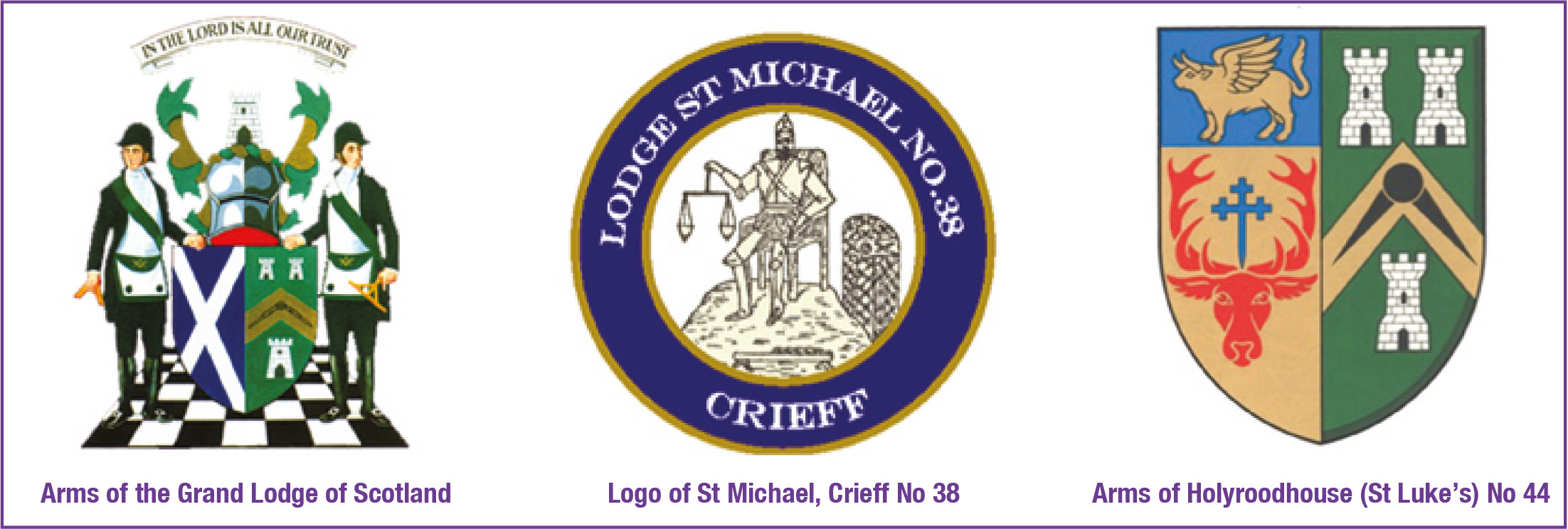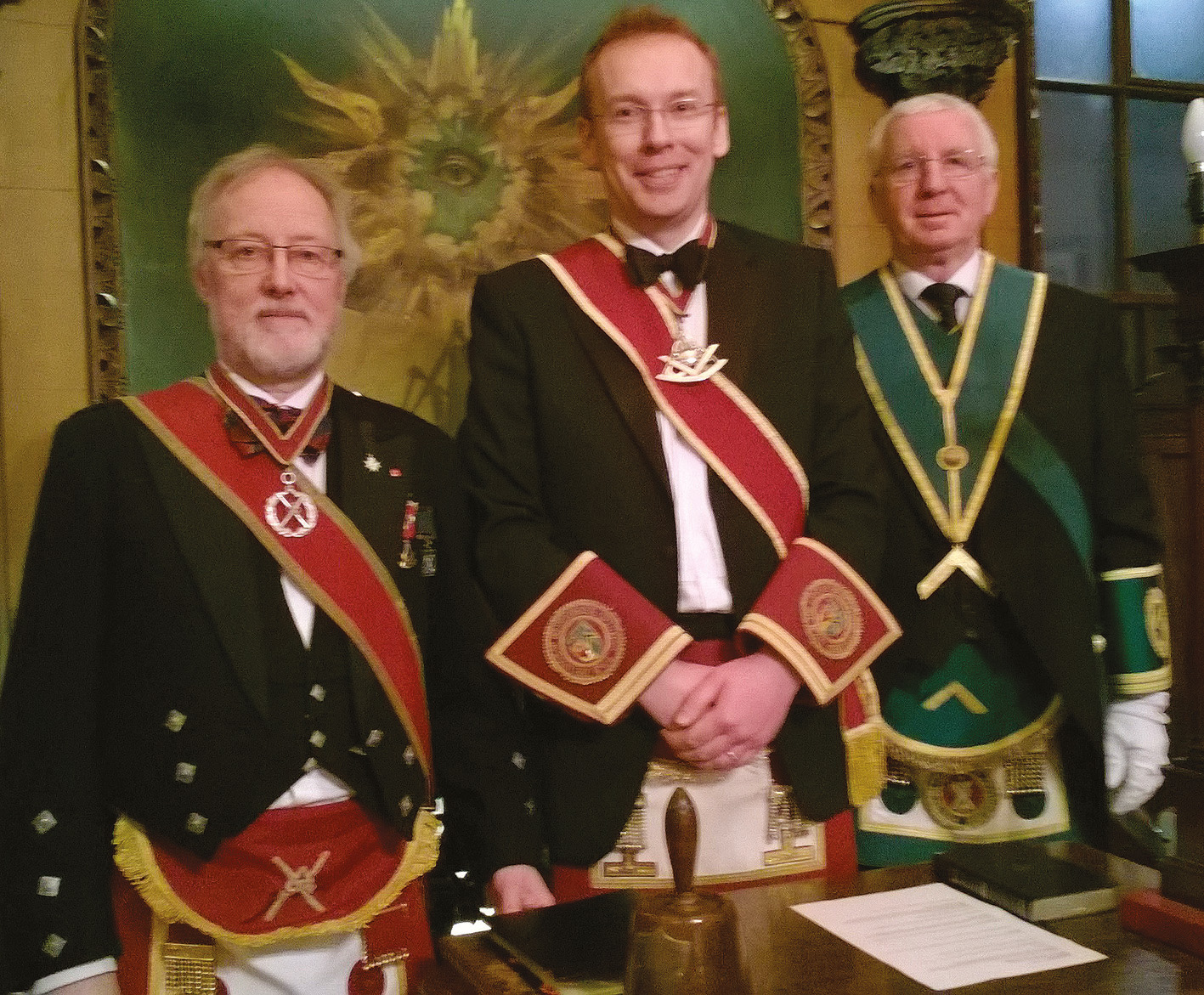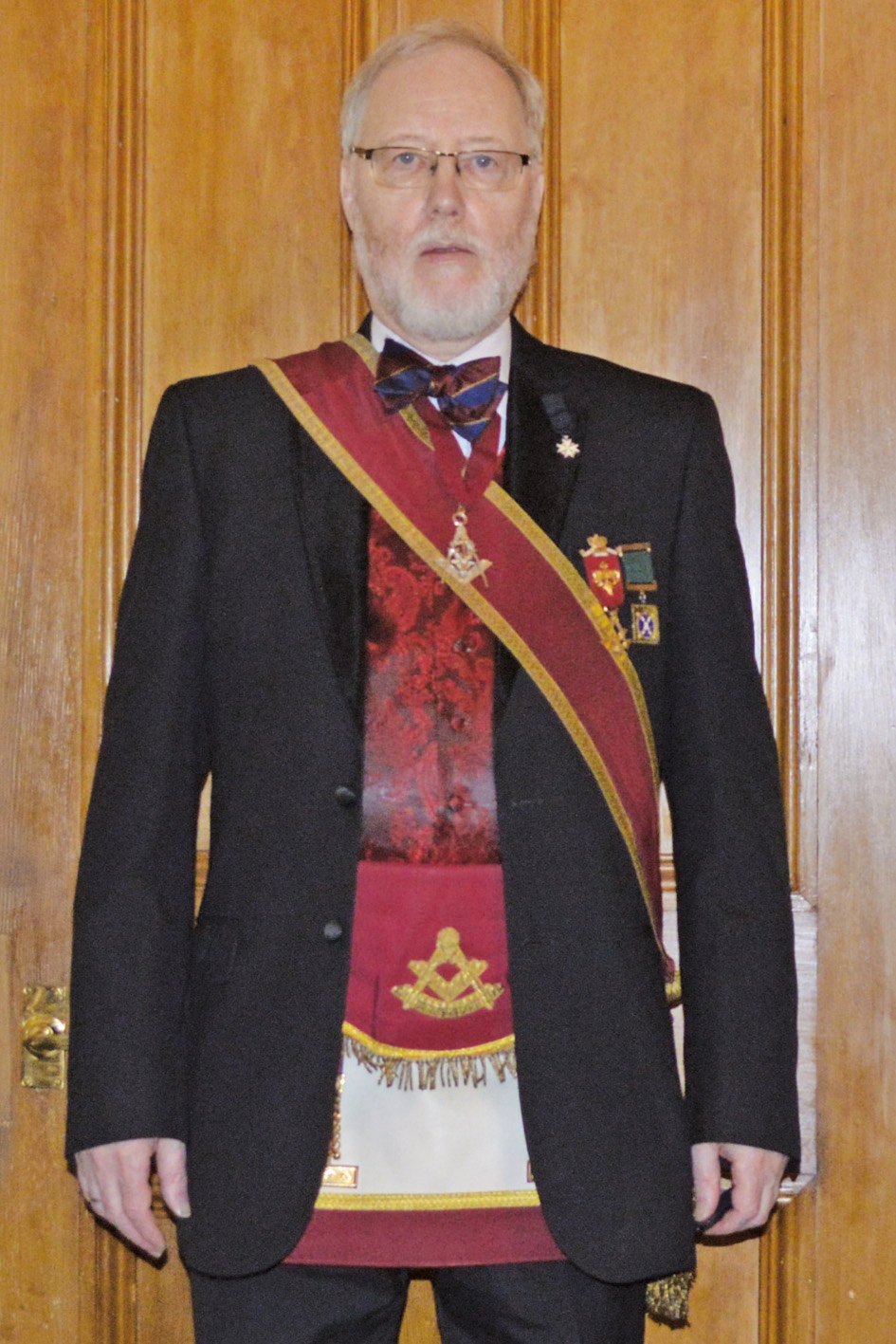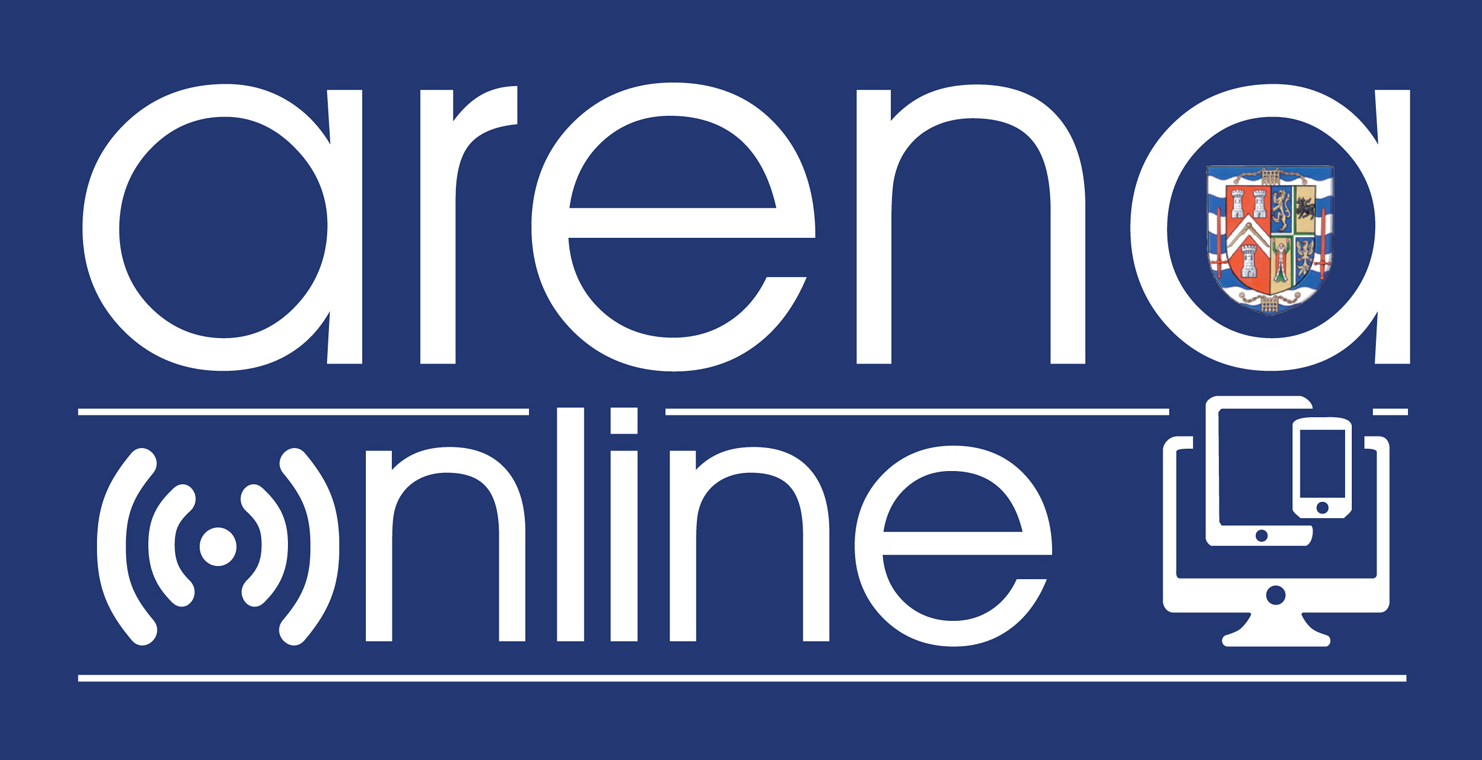Bro Ewan Notman PM gives an insight into the Craft north of the border
I came across ‘Freemasons Without Borders’ through Facebook and have enjoyed listening to the talks each week but nothing on Scottish Freemasonry!
I thought that I may be able to shed some
light in that direction, so I gave a talk ‘My
Journey from Scottish Masonry’. I have
enlarged on that talk, including
experiences from my stays in the
Netherlands for Arena.
English masons can get a little confused
when they visit a Scottish Lodge. Much
of the custom and practice is the same,
but much is different. Here I am taking
you through my journey into Masonry,
giving you some of the differences on the
way. I am a fourth-generation mason.
Two of my Great Grandfathers were
masons. One was Master of St Luke’s,
Lauder No 132, and the other MEZ of
Colinton & Currie Royal Arch Chapter
No 431. My Grandfather was initiated
into Heart of Midlothian No 832 in 1910
when aged 21, before going to sea. He
joined an English lodge in Lancashire in
1929. My father was initiated in 1954.

I was initiated into Freemasonry on 1
April 1987, into Lodge St Michel, Crieff
No 38 [chartered 1739], which was my
father’s Mother Lodge. I was proposed
by my stepfather. His Mother Lodge too.
I was then Passed; Raised; and Advanced
in the Lodge. Yes, the Mark is done in
Lodges in Scotland. It is often the last
degree in a masonic season.
I affiliated to Lodge Holyroodhouse (St
Luke’s) No 44 in November 1990 (that
is a ‘joining member’ down south). I
became Right Worshipful Master on 18
November 1997. The Lodge meets in the
Oldest Working Lodge Rooms in the
world, on St John’s Street, Edinburgh.
Built in 1734 by Lodge Canongate
Kilwinning No2, but recently acquired
by the Royal Order of Scotland.

When affiliating to a Scottish Lodge an
Obligation or Oath of Fidelity to the new
Lodge is taken in open Lodge. Not just
“here’s the Byelaws, you’re now a
member!!” The ceremony makes you
aware of obligations to the new lodge,
and to other lodges you may belong.
You will notice that Scottish Masons wear
their apron under the jacket (over if doublebreasted).
Each Lodge has its own colours;
some have tartan. I have several aprons; the
main two being my father’s Mother Lodge
apron (now over 65 years old); and a maroon
Past Master apron from Lodge 44. They are
confusing to English Masons, being
Provincial colours in England.

You will also notice that in a Scottish
Lodge there are no Chapter Jewels worn,
only Lodge jewels. The rule is you only
wear jewels of the order whose meeting
you are attending. Anniversary Jewels do
not have to be validated by Grand Lodge.
Provincial and Grand Officers wear green,
but only when on Provincial and Grand
Lodge duty. I have seen the Grand Master
wearing his lodge apron in his own lodge.
Being a Grand or Provincial Officer is not
so important in a Scottish lodge. Being a
Past Master is more important!
In a Scottish Lodge all the Officers are
elected each year (except one appointed
as Depute or Substitute Master, by the
Master). The Master-elect choses who he
wants to install him into the Chair (rarely
his predecessor). I chose the master who
initiated me into the craft. It is considered
an honour to be asked. I have installed
quite a few Masters. While in the Chair
the Master is Right Worshipful Master,
and although a Past Master can be referred
to as Worshipful Brother, according to
the Grand Lodge Constitution, it is rarely
heard in Scottish lodges.. (Normally Bro
John Brown, Past Master)
Ritual is not dictated by the Grand Lodge
of Scotland or Provincial Grand Lodge
but decided by each Lodge. There can
be some radical differences! Signs and
stances can also vary from lodge to lodge.
The biggest difference that English
Masons will notice is that in most
Scottish Lodges, the members will be at
fidelity whilst standing or moving round
the lodge. (Holyroodhouse does not to
confuse matters.)
Past rank in Provincial and Grand Lodge
only exists as regards those who have had
the active office. Honoury Grand Ranks are
given to members abroad, but are rare in
Scotland, and usually for long service.
When signing the Sederant, before entering
the lodge, members and visitors give their
name and lodge number and indicate if a
Master or Past Master. Masters and Past
Masters are usually presented to the Master
by the Director of Ceremonies, in open
lodge and invited to the East.
In the Netherlands it takes a candidate at
least a year from being initiated to fellow
of craft, and another year to become a master
mason. Before progressing a candidate must
give a paper to the Lodge. As a Grand Lodge
of Moderns, they reverse the First and
Second Degree words.
A Dutch lodge is opened in the degree
that is being worked. After the ceremony
all again assemble in the room adjacent,
where they are addressed by the Master,
a toast given to the candidate, before
being asked to remove masonic regalia,
and proceeding to harmony. The
harmonies are quite formal and are
opened, and closed, as Table Lodges.
Toasts are given during the meal and are
short, but the replies are given after the
meal is finished.
Freemasonry would be very boring if we
all did the same things time after time.
The differences are what make visiting
interesting. Freemasonry gives men
something to have in common, so that
they can speak to each other across divides.
Hopefully this has shed some light on
Scottish Freemasonry and we look
forward to greeting you!

This article is part of the Arena Magazine, Issue 42 October 2020 edition.
Arena Magazine is the official magazine of the London Freemasons - Metropolitan Grand Lodge and Metropolitan Grand Chapter of London.
Read more articles in the Arena Issue 42.